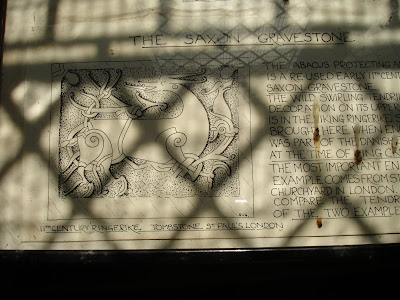
Water mills have always been a source of fascination from the great tidal mill at Carew Castle to the medieval water mills. Medieval abbeys have a wealth of information of how water was used in the self-sufficient environment of these establishments. Drains serving the kitchen and abbey buildings were a great feature,and at Castle Acre priory in Norfolk I spent summers excavating and drawing the medieval brewery, kilns and circular malthouse etc and the canal that lay alongside them, so in a way I got to understand the role of water in this part of the world.
So wandering along rivers in Essex and coming once again to these mills and their great water wheels set me thinking. First of all I learnt that there was a total of about 6000 mills recorded in the Domesday book, but that the Anglo-Saxon wheel was horizontal rather than vertical, though there was a period in their history when they were horizontal. Mills have been excavated from the 7th century, one at old 'Windsor' had three large parallel leats diverted from the Thames, though this it had a horizontal wheel above an earlier vertical mill (the horizontal was called a Greek or Norse mill) and these mills were normally without gears.
An example at Tamworth of a horizontal mill, excavated in 197l, showed a leat being diverted from the River Anker, which filled a millpond. From this a chute directed water onto a wooden paddled horizontal wheel, which caused it to rotate clockwise. The wheel was pivotted on a steel bearing, was set in a plank, which could be raised or lowered from the mill house above (mill dated by dendrochronolgy to 955 ad).
Of course with the event of the Norman Conquest, and the feudal system, the small Saxon mills were not terribly practical to large scale use needed by the Norman overlords for economic gain, and so the introduction of the more expensive vertical wheel came into being, the monastic houses would also adopt them as well, the monks coming from their mother houses in France would bring about this innovation in rural Saxon England.
So those rather magnificent mills I have seen in the last few days as we have wandered by rivers have dates well back into past history, one can almost summise that any medieval mill will have been founded on a Saxon mill.
In Chelmsford there is probably about five mills to be found in this rather watery enclave, the Springfield Cursus perhaps pointing the way to its valuable location in the landscape, subsequent settlements taking advantage of the power of water.
ref; medieval mills;
Moulsham Mill (craft centre)
Barnes Mill (by Fox and Raven)
Sandford Mill
Riverside Inn Mill (still has wheel in 17th C building)
Bishop's Hall mill (now disappeared)?
Patching Mill?









































